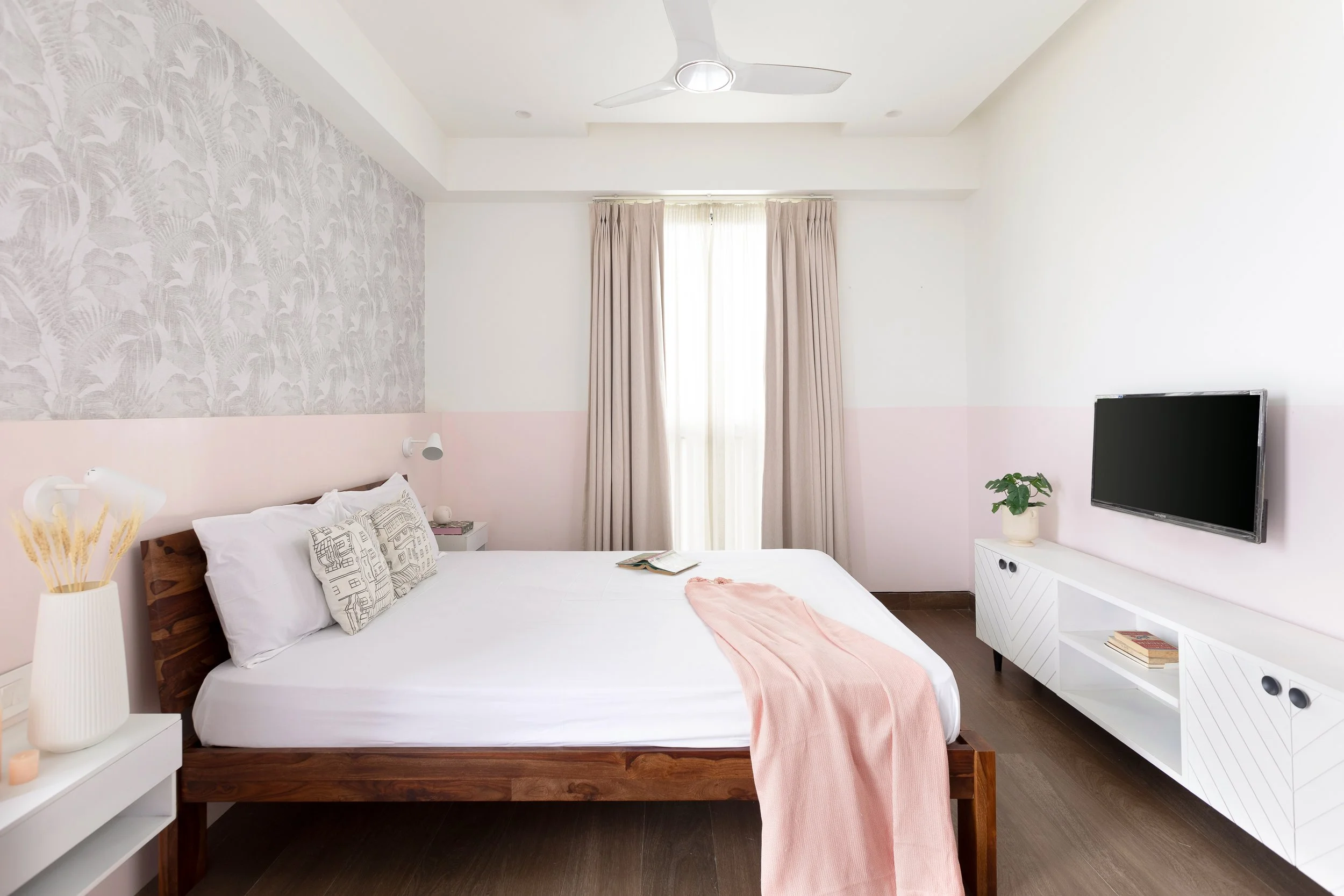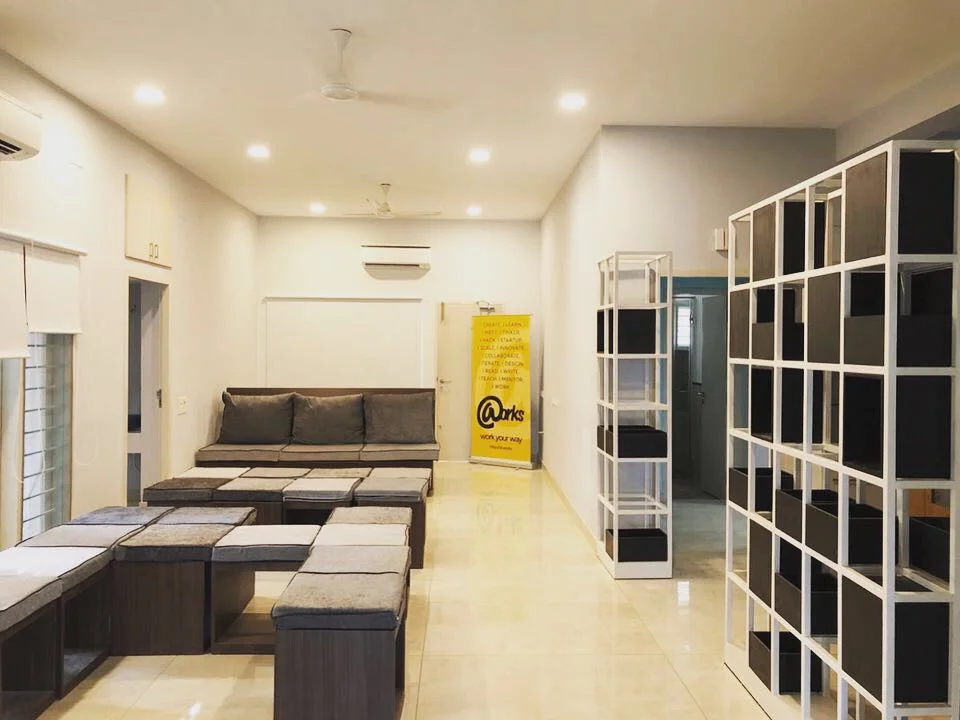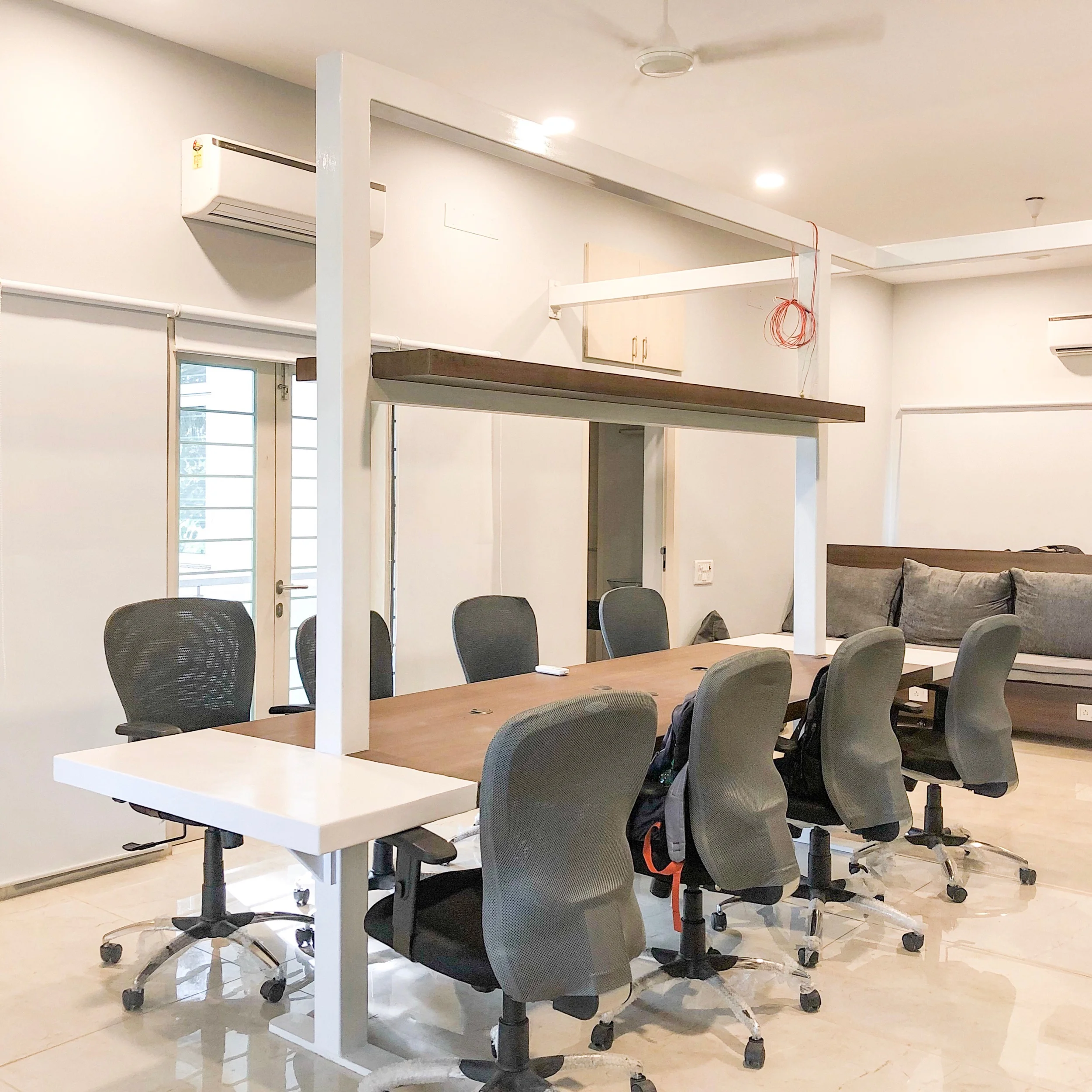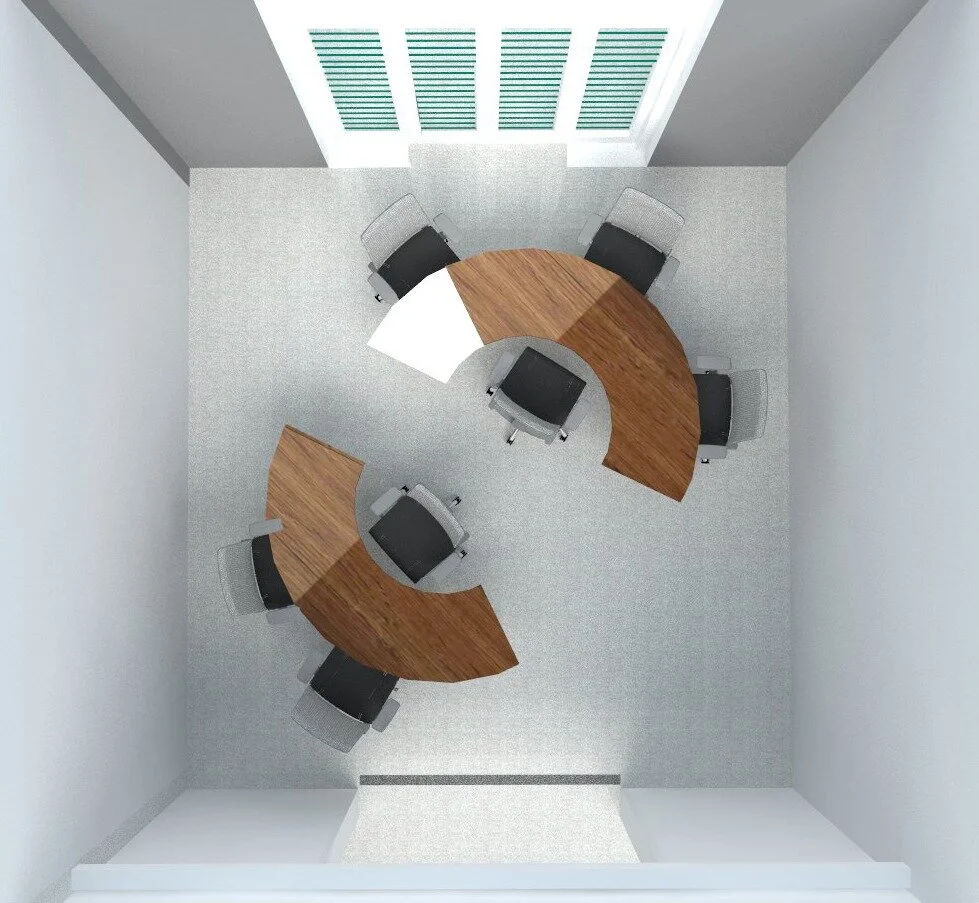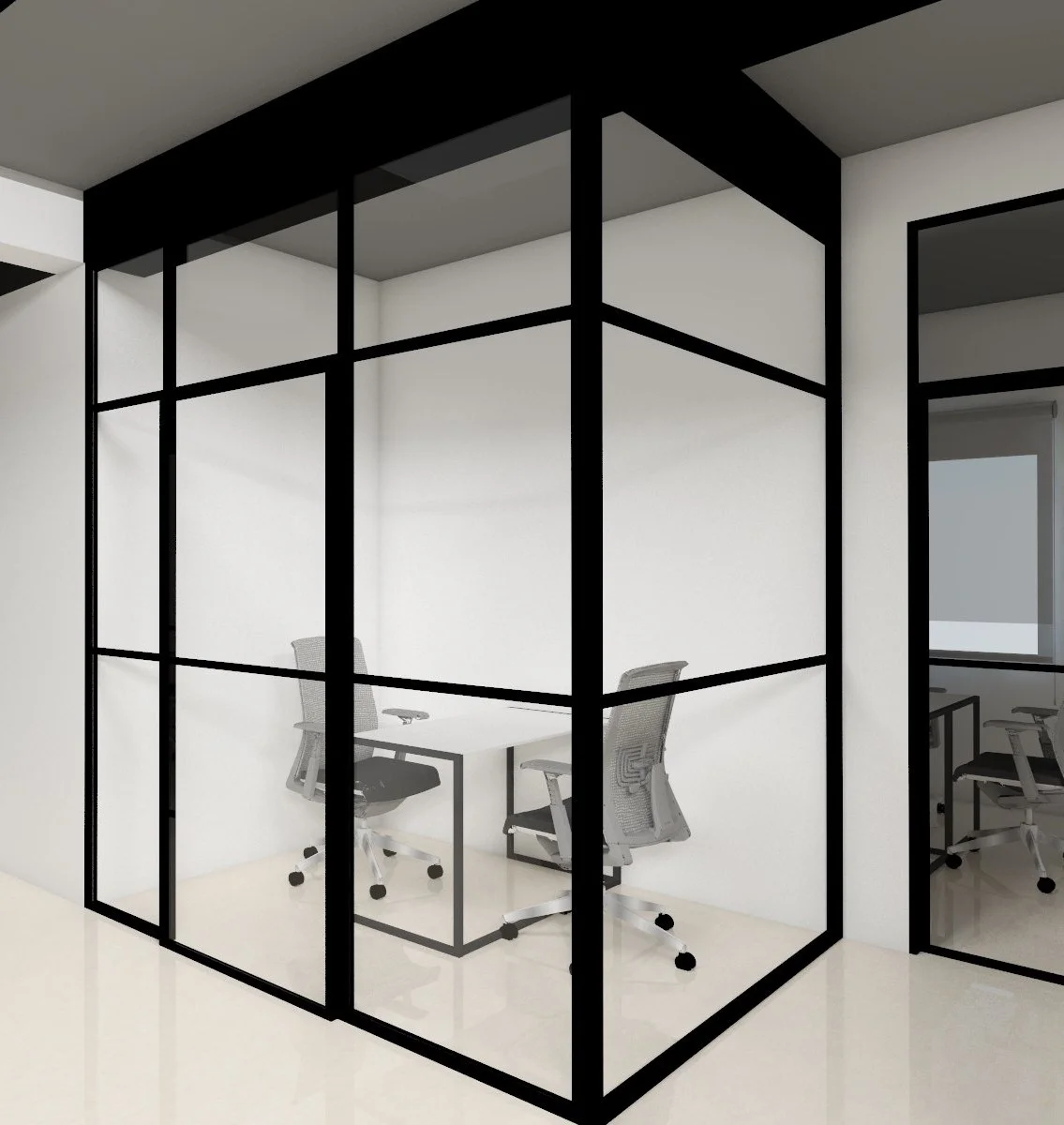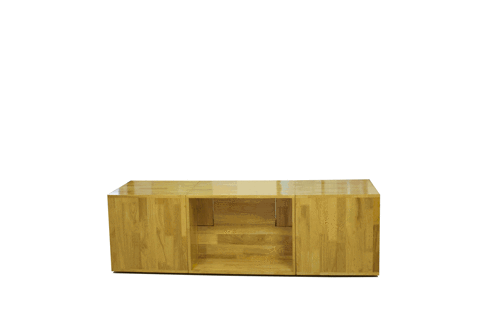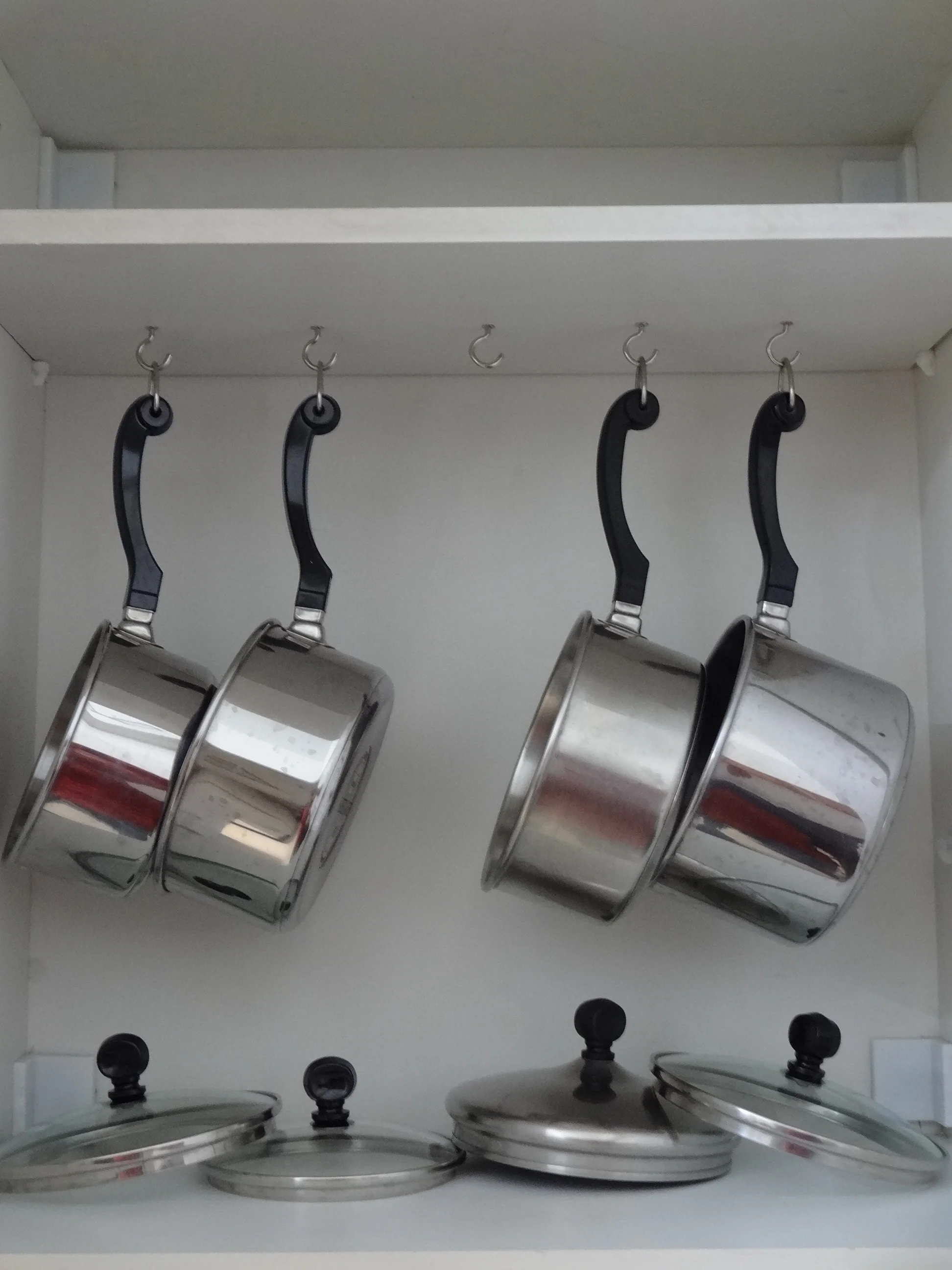This project has been displayed as a part of the India Pavilion at the London Design Biennale 2021. Curated by Nisha Mathew Ghosh of Mathew & Ghosh Architects, the theme of the India Pavilion is Small is beautiful : A billion Ideas.
WHAT?
Nested Roots by Drawing Hands Studio is a conceptual design proposal to highlight the importance of mangroves and their depletion in the coastal areas. Given the reality of climate change and the increasing uncertainty in the occurrence of floods in our cities & towns, our design addresses the vital role played by mangroves in keeping these waves of fury at bay.
Our intervention is a replicable unit designed mimicking the mangrove’s physical & functional characteristics. It is meant to be placed along the areas where mangrove depletion has been identified. The role of our unit is to behave as pseudo-mangroves, but without succumbing to the difficulties faced by the natural mangroves themselves. They will exist alongside the mangal ecosystem and encourage arboreal and aquatic life to thrive within them. Their form is meant to withstand low tide/tidal wave action and can also be firmly fixed to the river/sea bed as required. Freedom of growth for plants is also a pivotal role in the design ideation. The structure is designed to enhance the overall coastal mangal ecosystem and take up the mantle of the depleted mangroves, thereby giving an opportunity for the fresh saplings to be raised without the pressure of quick growth.
WHY?
Our area of intervention is TamilNadu - coastal areas in and around the state. The area under mangrove forest cover in the state has shrunk by 4 Sq.KM. It has become 45 Sq.KM.(2019) as against 49 Sq.KM.(2017), as per the latest Mangrove Cover Assessment in the India State of Forest Report 2019. TN accounts for 0.9% of the mangrove cover in India*. Various reasons : habitat degradation, drought for the past few years resulting in a lack of exchange between sea water and fresh water, rising demand for timber and increasing population in coastal areas etc. to name a few, are causing this alarming depletion.
TN Mangrove Cover 2017 : 49 Sq.KM
TN Mangrove Cover 2018 : 47 Sq.KM
TN Mangrove Cover 2019 : 45 Sq.KM
PROCESS [FORM DERIVATION ]
MANGROVE VESSEL : The basic geometry of the mangrove is used as the origin of the form. Further derivatives are generated by rotating this base form on its axis to arrive at the skeletal framework, which is then encased in a nest-like bamboo mesh. The root form is wrapped in coir as a further strengthening device.
FORM BUILDING
The formwork is first 3D-Printed. A scaffolding is built with which the porous concrete is poured into the formwork. The edges are then smoothened out and made even. The bamboo and coir wrapping takes place one after the other with the help of the scaffolding. The boat - anchors are finally added to the corners of the bottom framework.
Scaffolding is built.
Concrete is poured into formwork.
Bamboo & coir thread wrapping takes place.





























